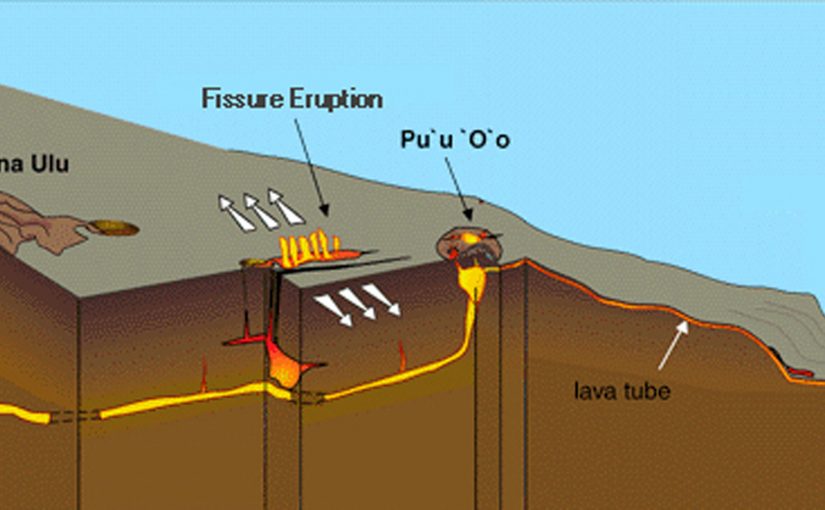Personification is when you have something not-human do something that only humans do. We can extend that definition from non-human/human to inanimate/living.
For example, the magma under a volcano is not alive. But we have this sentence from the Washington Post:
As pressure builds in the magma chamber, the magma seeks out weak spots in the surrounding rock, squeezing through the earth until it reaches a vent to the surface.
Magma doesn’t “seek out” anything; that’s something only living creatures do. You could be literal and say the magma is pushed through weak spots. (Or get rid of the passive, and say that the pressure forces the magma through the weak spots.)
Here’s another:
“Magma is going to look for the easiest way out,” she said.
See if you can change that second sentence to not have personification.
Here’s a lesson of sorts: Personification isn’t necessarily wrong. It can make a passage more vivid. Just be aware when you’re using personification. Rule of thumb: the more technical the writing, the less personification.
And of course, perhaps, a diagram might be even more vivid than personification.

